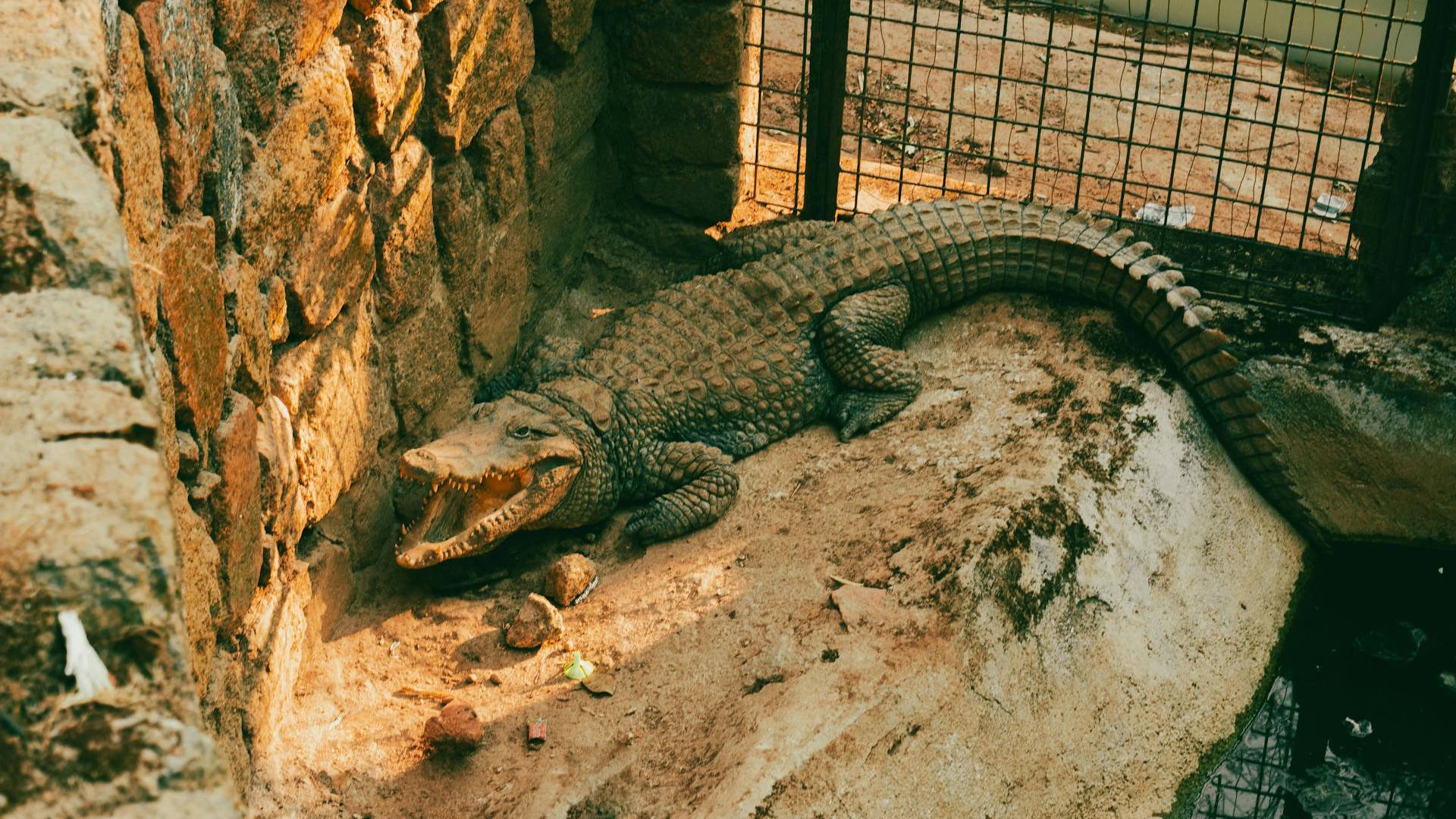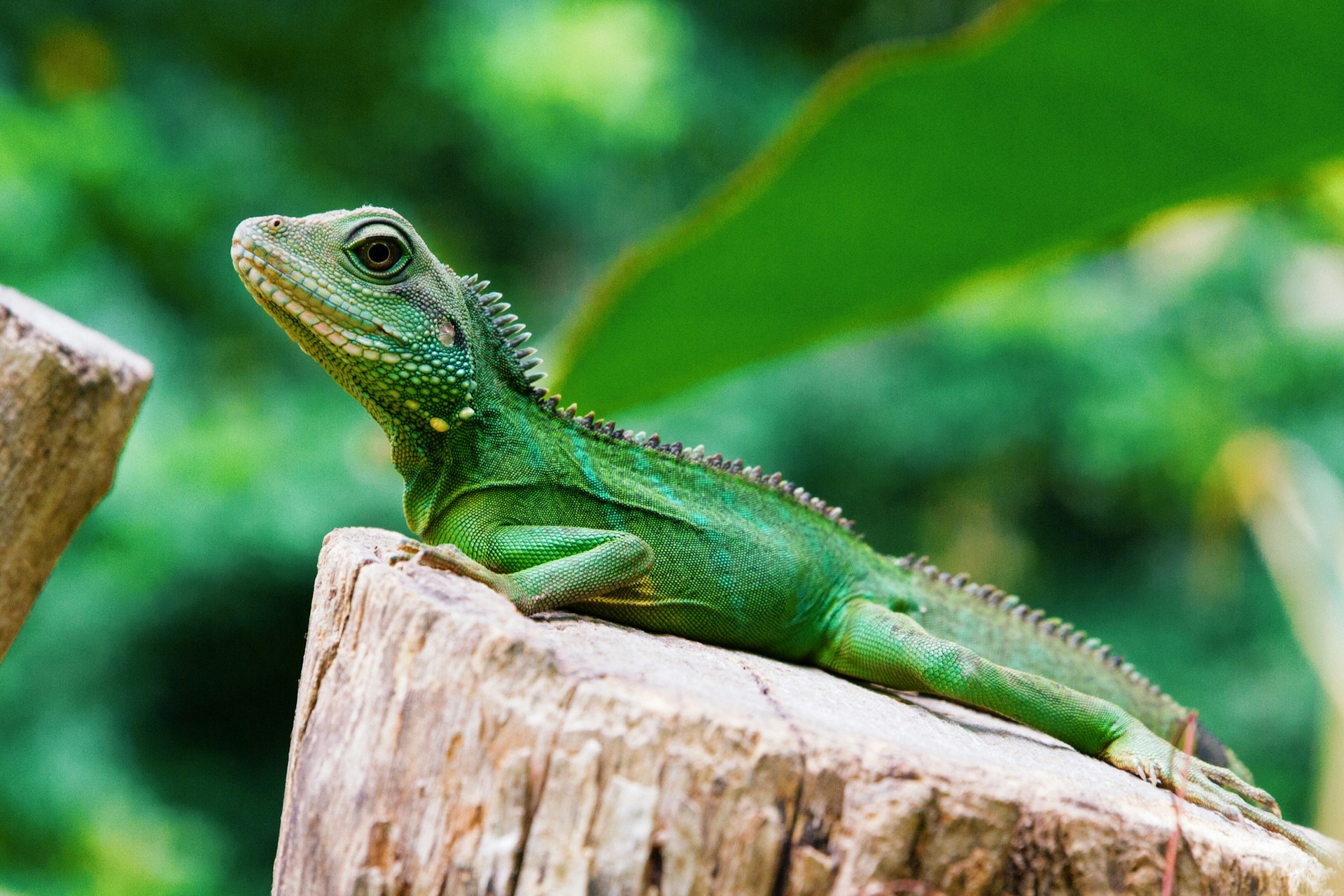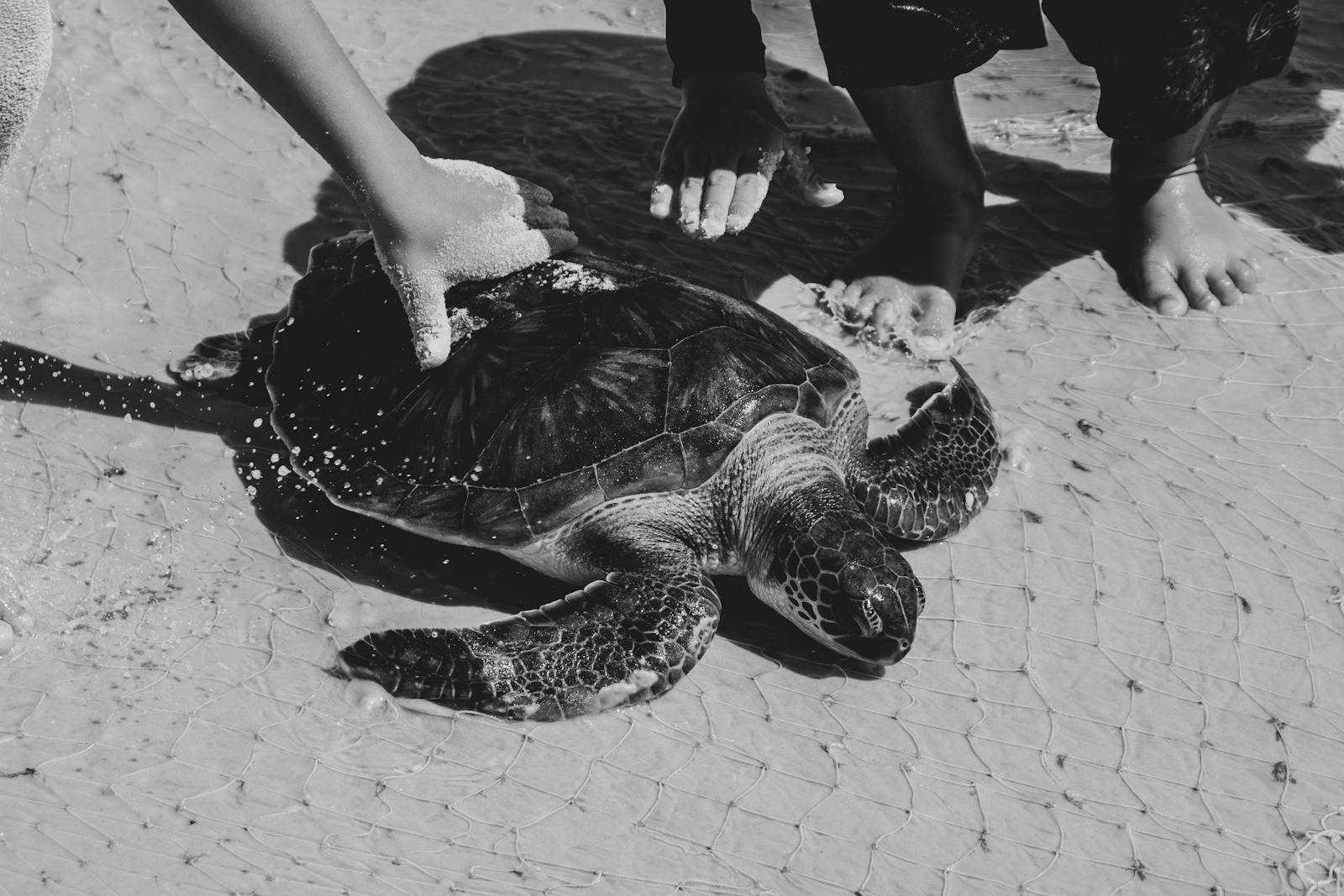In a world where environmental challenges continue to threaten biodiversity, reptiles—often overlooked members of the animal kingdom—have faced significant pressures. From habitat loss to climate change, illegal wildlife trade to invasive species, these ancient creatures have encountered numerous obstacles to their survival. However, the past decade has witnessed remarkable conservation successes that offer hope for reptile species worldwide. Scientists, conservationists, policymakers, and communities have joined forces, implementing innovative strategies and dedicated programs that have pulled several species back from the brink of extinction. These conservation wins not only represent triumphs for individual species but also symbolize our growing commitment to preserving the rich tapestry of reptilian life that has inhabited our planet for millions of years.
The Recovery of the Komodo Dragon
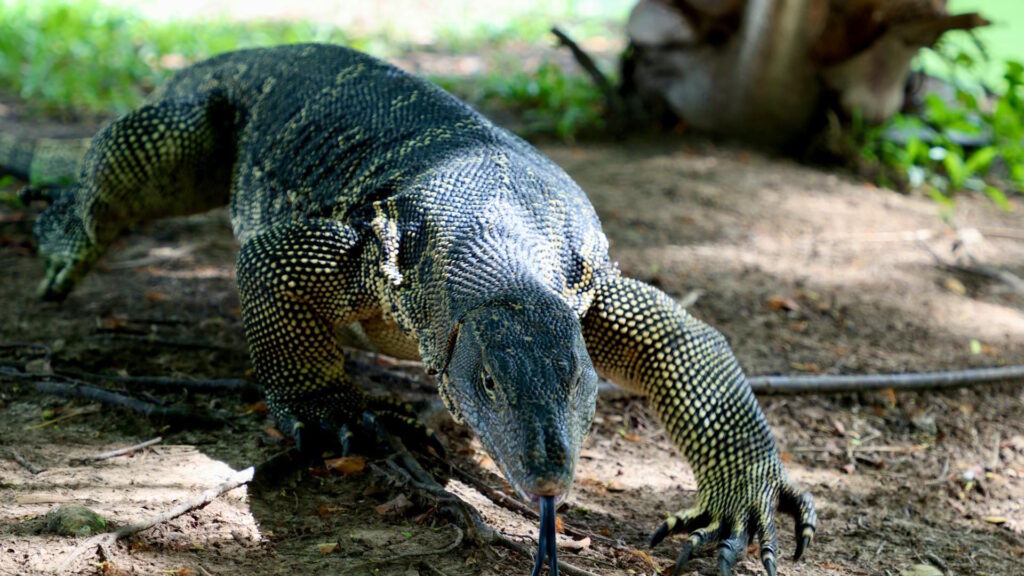
The Komodo dragon, the world’s largest lizard and an iconic symbol of Indonesia’s natural heritage, has seen significant conservation wins in the last decade. In 2019, the Indonesian government expanded protections for Komodo National Park and enhanced anti-poaching efforts, addressing threats that had previously led to population declines. Comprehensive population monitoring has revealed stabilization and even modest growth in dragon numbers, rising from approximately 3,000 individuals to an estimated 3,500 across their native range. The implementation of sustainable tourism practices has transformed how visitors interact with these magnificent reptiles, generating crucial revenue while minimizing ecological impacts. Perhaps most significantly, in 2021, the first successful captive breeding program using frozen sperm was established, creating a vital genetic reservoir for the species’ long-term survival and showcasing how technological innovation can support conservation efforts.
Galapagos Tortoise Resurgence
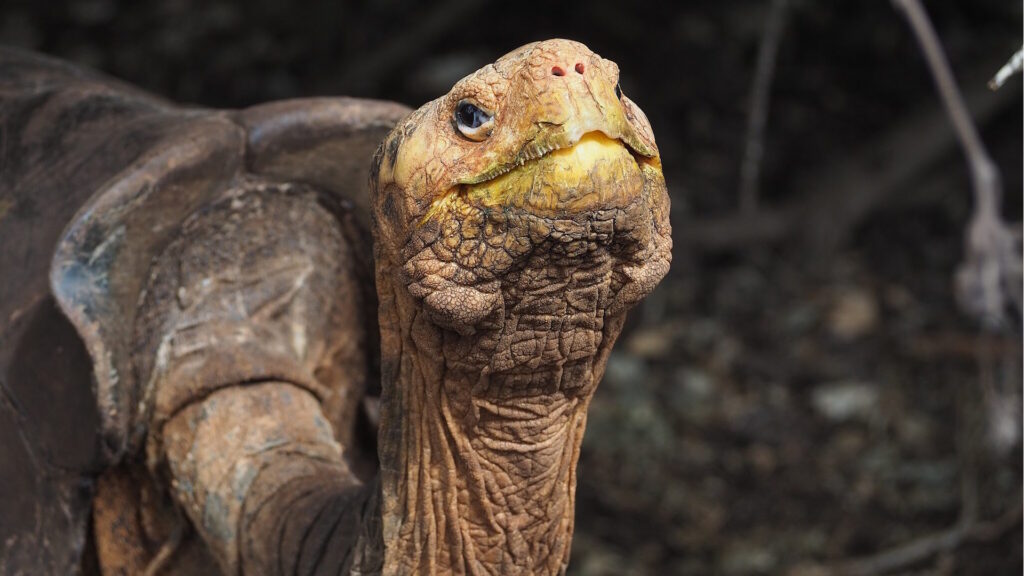
The Galapagos tortoise, an evolutionary marvel and one of the longest-lived vertebrates on Earth, has experienced remarkable conservation successes that were almost unimaginable a decade ago. The Diego tortoise, a Española Island native, returned to his homeland in 2020 after single-handedly fathering over 800 offspring in captivity, helping to boost the population from just 15 individuals to over 2,000 today. Scientists made headlines in 2019 when they rediscovered the Fernandina Island tortoise, a species thought extinct for more than a century, giving conservationists new hope for species previously considered lost forever. The Galapagos National Park’s comprehensive breeding program has successfully reintroduced over 7,000 juvenile tortoises to their native islands in the past decade, restoring ecological balance to these unique ecosystems. Advanced genetic research has revealed previously unknown tortoise lineages, enabling targeted conservation efforts for distinct populations and ensuring the preservation of the species’ full genetic diversity.
American Alligator: A Conservation Success Story Continues
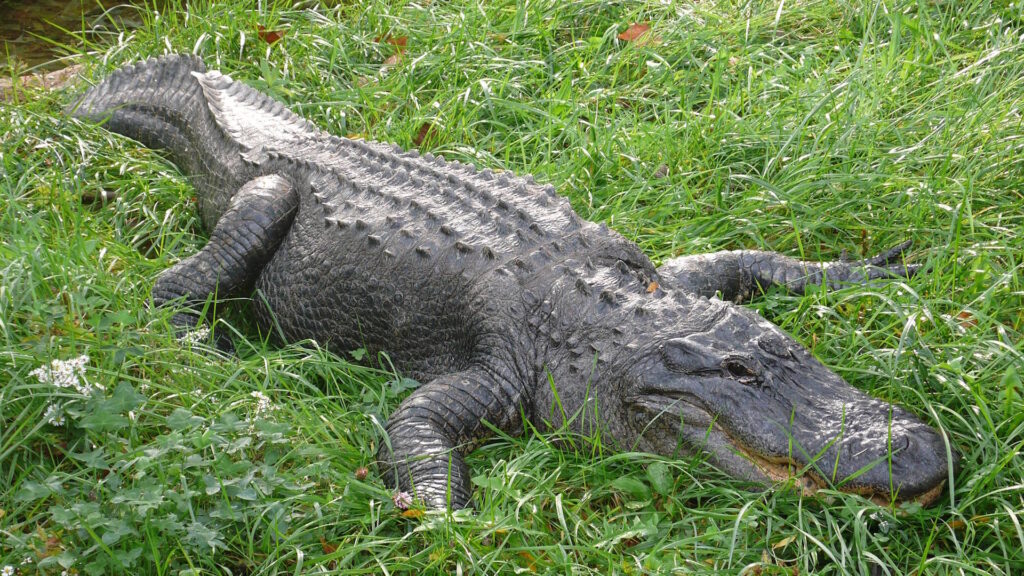
The American alligator’s recovery represents one of the greatest conservation success stories of the modern era, with the past decade cementing its comeback from the brink of extinction. After being listed as endangered in 1967, the species was removed from the endangered species list in 1987, but the last decade has seen population numbers reach historic highs of over 5 million individuals across the southeastern United States. Improved wetland management practices have enhanced alligator habitat quality, with restoration projects in the Florida Everglades and Louisiana bayous providing crucial nesting and feeding grounds. Community-based conservation initiatives have transformed public perception of alligators from feared predators to valued components of healthy ecosystems, reducing human-wildlife conflicts. The sustainable harvesting program implemented across several states has created economic incentives for habitat conservation while maintaining stable population levels, demonstrating how conservation and controlled commercial use can coexist.
Leatherback Sea Turtle Conservation Breakthroughs

Leatherback sea turtles, the largest turtle species and magnificent ocean wanderers, have benefited from targeted conservation actions resulting in population rebounds in several key nesting areas. In Trinidad and Tobago, community-led beach protection efforts have reduced poaching by over 80% in the past decade, allowing nesting female numbers to increase substantially at critical breeding sites. Innovative fishing gear modifications, including circle hooks and turtle excluder devices, have significantly reduced bycatch mortality, saving thousands of adult leatherbacks annually throughout their range. Satellite tracking programs have revealed previously unknown migration routes and feeding areas, enabling more effective protection of these crucial habitats across international boundaries. The establishment of the Eastern Pacific Leatherback Network in 2018 coordinated conservation efforts across seven countries, demonstrating how regional collaboration can address the complex challenges facing species that traverse multiple jurisdictions and habitats.
Cuban Crocodile Comeback
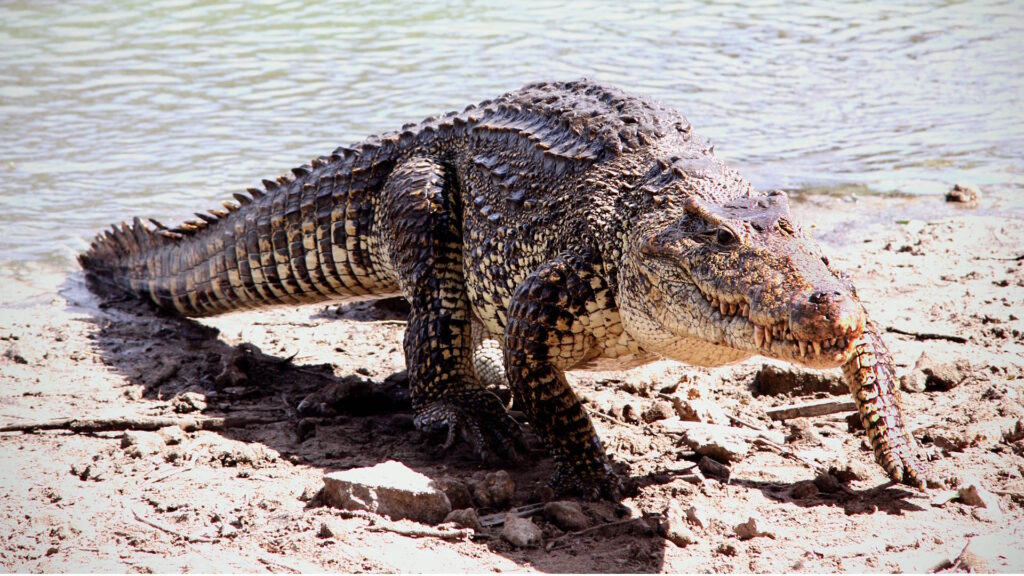
The critically endangered Cuban crocodile, one of the world’s most threatened crocodilian species, has seen encouraging recovery through dedicated conservation initiatives in the last decade. The expansion of protected areas within the Zapata Swamp, the species’ primary remaining habitat, has significantly reduced habitat loss and degradation that previously threatened the population. An advanced breeding facility established in 2015 has successfully hatched and released over 500 juvenile crocodiles, bolstering the wild population that had dwindled to fewer than 3,000 individuals. Genetic research published in 2018 identified pure Cuban crocodile lineages, allowing conservationists to prioritize individuals for breeding programs that maintain the species’ unique evolutionary heritage. Community education programs throughout Cuba have reduced hunting pressure and increased local support for conservation measures, transforming former hunters into eco-guides who now protect the very species they once pursued.
Tuatara Protection Expansion in New Zealand
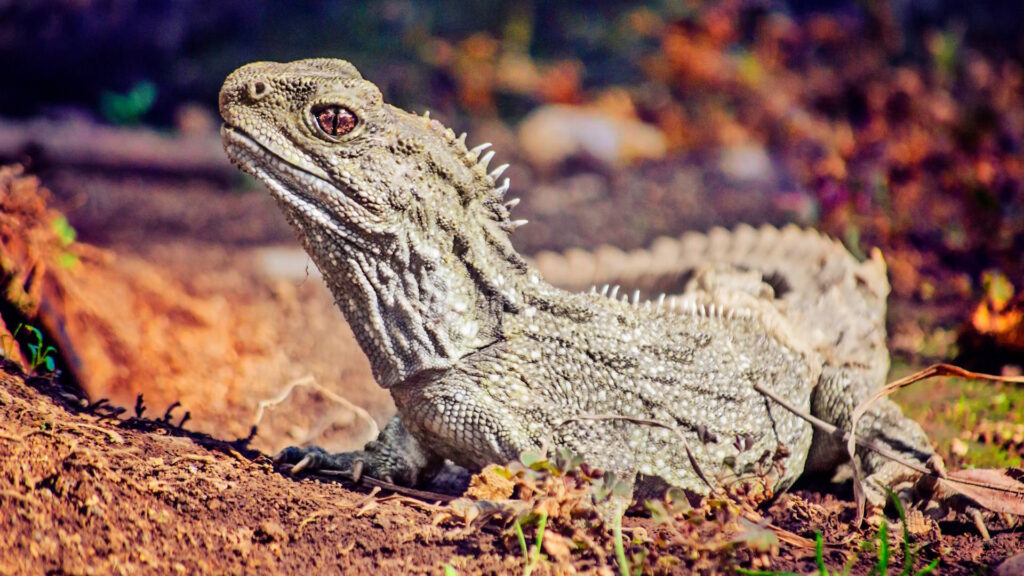
The tuatara, a living fossil and the sole survivor of an ancient reptile lineage that dates back 250 million years, has received unprecedented conservation attention in New Zealand during the past decade. The establishment of new predator-free island sanctuaries has expanded the tuatara’s range, with successful reintroductions to sites where they had been extinct for over a century. In a groundbreaking achievement, Māori-led conservation initiatives have integrated traditional ecological knowledge with modern scientific approaches, creating culturally appropriate and highly effective protection strategies for this taonga (treasured) species. The 2018 completion of the tuatara genome sequence revealed unique adaptations to cold temperatures and extreme longevity, providing insights that have refined conservation management practices. Climate change adaptation strategies specifically designed for tuatara have been implemented on several islands, including artificial burrow systems that maintain optimal incubation temperatures for eggs, addressing one of the most significant emerging threats to this temperature-dependent species.
Burmese Star Tortoise: Back from the Brink
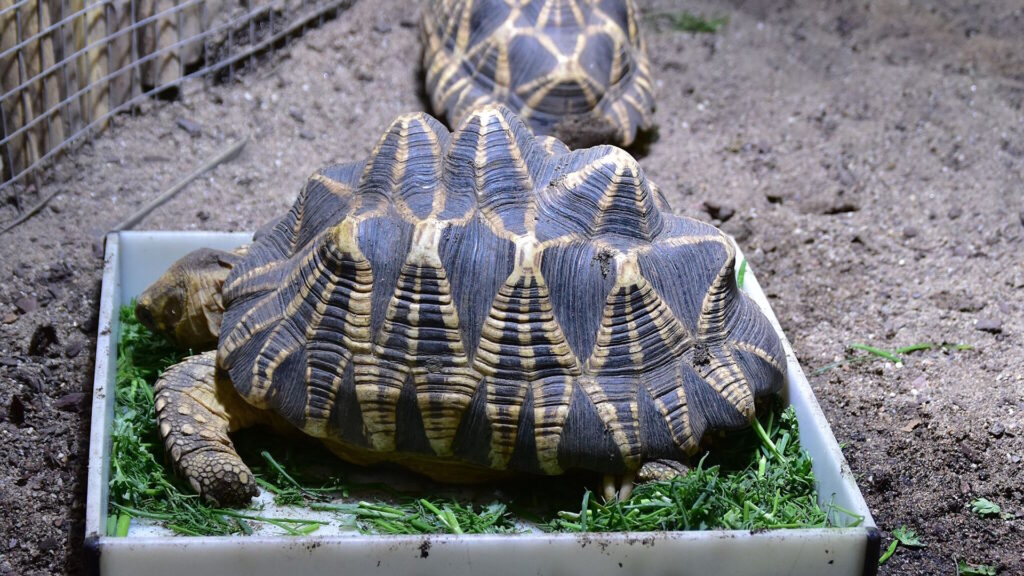
The Burmese star tortoise has experienced one of the most dramatic recoveries of any critically endangered reptile, transitioning from functional extinction in the wild to a growing population through intensive conservation interventions. In 2013, fewer than 200 individuals remained in the wild due to rampant illegal collection for the exotic pet trade and traditional medicine markets. Three dedicated breeding centers established in Myanmar have since produced over 14,000 captive-bred tortoises, with more than 7,000 individuals successfully reintroduced to protected areas within their historic range. The implementation of community-based protection systems, where local villagers serve as guardians for released tortoises, has virtually eliminated poaching in conservation areas while providing sustainable livelihoods. Rigorous scientific monitoring has documented successful reproduction in the wild, with the discovery of naturally hatched juveniles in 2018 marking a crucial milestone in the species’ recovery journey.
Advances in Gila Monster Protection

The iconic Gila monster, one of only two venomous lizard species in the world, has benefited from targeted conservation measures across the American Southwest during the past decade. The expansion of protected areas in Arizona and Nevada has secured critical habitat for this desert-dwelling species, countering the threats posed by urban development and habitat fragmentation. Research published in 2016 identified specific genetic adaptations that allow Gila monsters to survive extreme desert conditions, information now being used to designate conservation priority areas most resilient to climate change impacts. The discovery that a compound in Gila monster venom led to the development of a diabetes medication has transformed public perception and created economic incentives for protection, demonstrating the untapped medical potential of reptile conservation. Citizen science initiatives have engaged thousands of hikers and outdoor enthusiasts in Gila monster monitoring programs, generating valuable distribution data while fostering public appreciation for this misunderstood reptile.
Philippine Crocodile Restoration
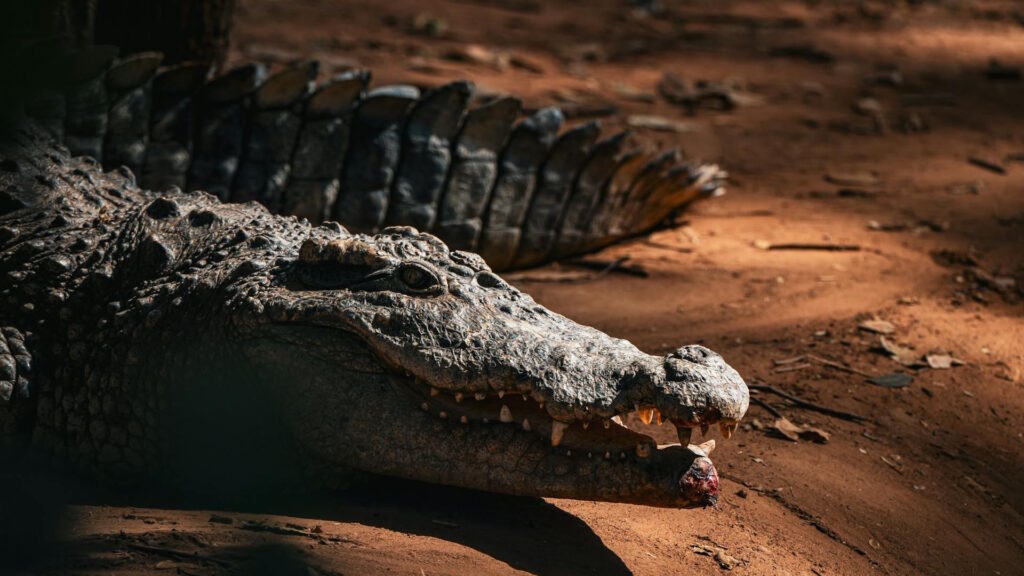
The critically endangered Philippine crocodile, once on the precipice of extinction with fewer than 100 wild individuals remaining, has seen its prospects improve significantly through intensive conservation efforts in the past decade. The establishment of community-managed sanctuaries in the northern Philippines has created safe havens where crocodile populations have increased by over 50% since 2010. An innovative “Adopt-a-Crocodile” program has transformed local attitudes by providing economic benefits to communities that protect nesting sites, effectively converting former hunters into dedicated conservationists. The successful captive breeding program at the Palawan Wildlife Rescue and Conservation Center has produced hundreds of hatchlings, with carefully planned releases supplementing wild populations in suitable protected habitats. Research into the species’ ecological role has highlighted its importance as an apex predator that maintains healthy aquatic ecosystems, shifting public perception from fear to recognition of the crocodile’s environmental value.
Legal Victories for Reptile Conservation

The past decade has witnessed unprecedented legal protections for reptiles, creating a stronger foundation for conservation efforts worldwide. The 2019 upgrade of 500+ species of reptiles to Appendix I and II of CITES (Convention on International Trade in Endangered Species) provided critical international trade restrictions for previously unprotected species, including many geckos, skinks, and monitor lizards. The European Union’s comprehensive ban on the importation of wild-caught reptiles in 2017 dramatically reduced collection pressure on numerous threatened species, particularly in Southeast Asia and Madagascar. In the United States, the successful legal defense of critical habitat designations for multiple reptile species against development interests has preserved millions of acres of essential habitat, most notably for desert tortoises and indigo snakes. The landmark prosecution of international reptile trafficking networks has resulted in significant prison sentences and record-breaking fines, creating powerful deterrents that have measurably reduced illegal collection of endangered species.
Technology Innovations in Reptile Conservation
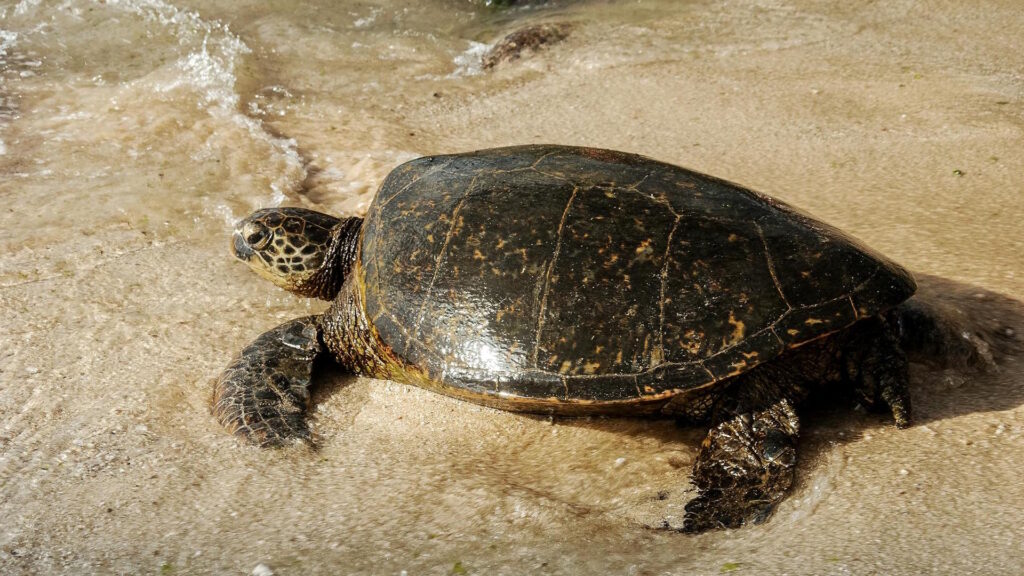
Cutting-edge technological applications have revolutionized reptile conservation over the past decade, enabling more effective protection and monitoring of threatened species. Miniaturized solar-powered GPS tracking devices have revealed previously unknown migration patterns and habitat requirements for numerous reptile species, including sea turtles, crocodilians, and large lizards. Environmental DNA (eDNA) sampling techniques developed since 2015 now allow scientists to detect the presence of elusive reptile species from water or soil samples, dramatically improving survey accuracy and efficiency. Thermal imaging drones deployed to monitor sea turtle nesting beaches have successfully identified poaching activities at night, leading to increased arrest rates and deterring illegal harvesting. Artificial intelligence algorithms trained to identify individual reptiles from pattern recognition have enabled non-invasive population monitoring, eliminating the stress and potential harm associated with physical capture methods used in traditional studies.
Scientific Breakthroughs Aiding Reptile Conservation
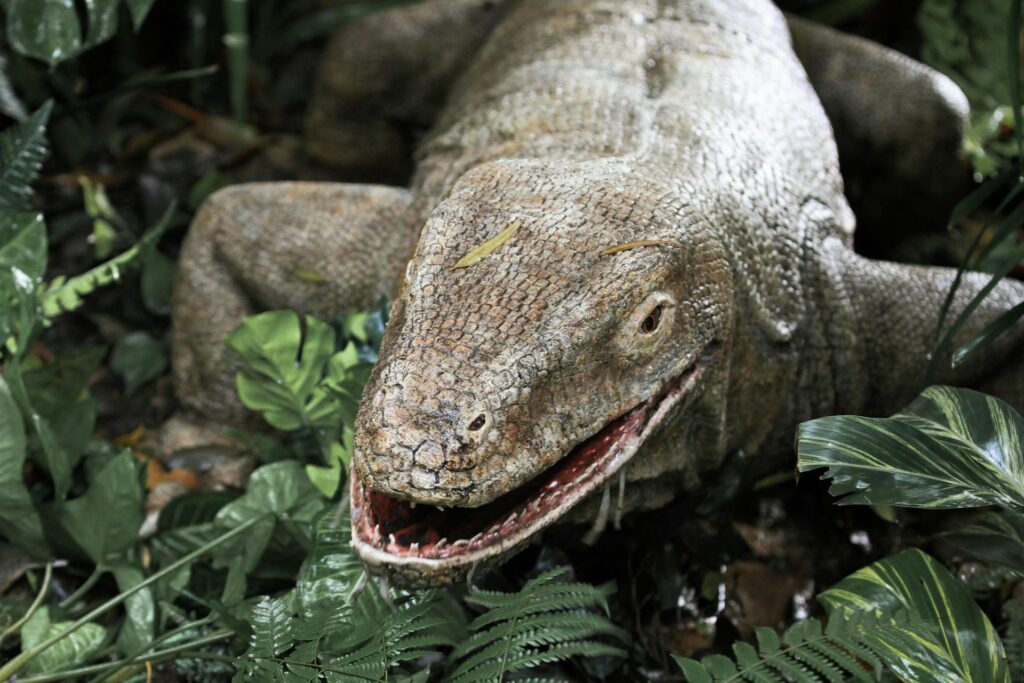
The scientific understanding of reptiles has advanced remarkably in the past decade, providing crucial knowledge that underpins effective conservation strategies. Comprehensive genome sequencing of threatened reptile species has revealed unexpected genetic diversity and evolutionary relationships, allowing conservationists to prioritize protection for genetically distinct populations. Research into reptile immune systems has led to treatments for emerging diseases like snake fungal disease and sea turtle fibropapillomatosis, conditions that previously devastated certain populations without effective interventions. The discovery that temperature-dependent sex determination in many reptiles can be more complex than previously thought has informed climate change adaptation strategies, including nest shading programs that prevent skewed sex ratios in turtle and crocodilian species. Long-term field studies completed in the past decade have clarified minimum viable population sizes for numerous threatened reptiles, establishing science-based targets for recovery efforts and providing metrics to measure conservation success.
Global Public Engagement in Reptile Conservation
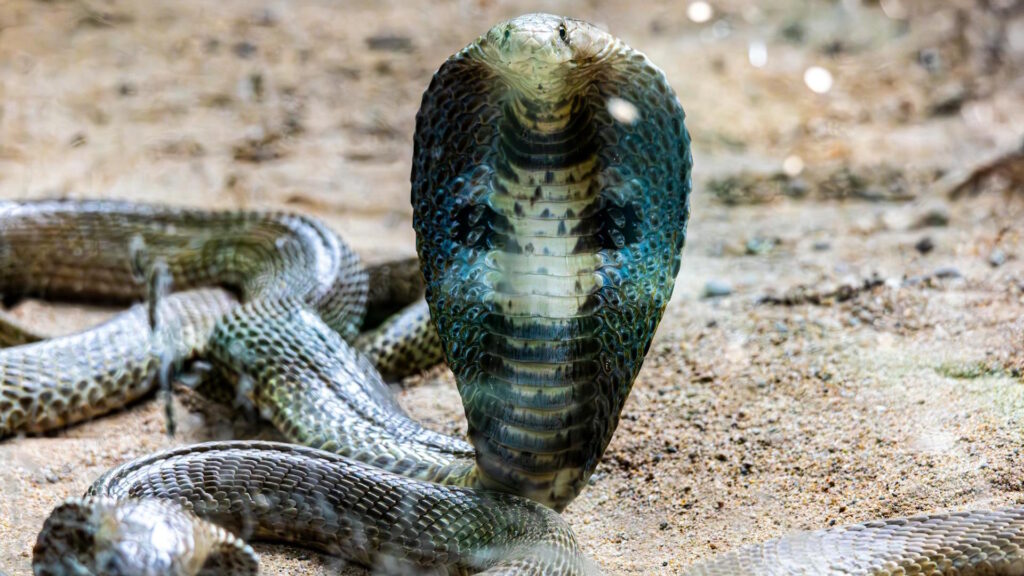
Public perception and engagement with reptile conservation has transformed dramatically in the past decade, creating unprecedented popular support for protection efforts worldwide. Social media campaigns highlighting the ecological importance and inherent value of reptiles have reached hundreds of millions of people, challenging long-held negative stereotypes about snakes, lizards, and crocodilians. Celebrity endorsements from influential figures like Leonardo DiCaprio, Jane Goodall, and David Attenborough have brought mainstream attention to reptile conservation causes that previously struggled to gain visibility. Eco-tourism centered on reptile viewing has grown exponentially, generating millions of dollars annually for conservation programs while creating economic incentives for habitat protection in biodiversity hotspots. Educational initiatives in schools have created a new generation of reptile advocates, with surveys showing significant increases in positive attitudes toward reptiles among children exposed to specialized conservation curriculum compared to previous generations.
Conclusion

The past decade has demonstrated that with dedicated effort, scientific innovation, legal protection, and public support, even the most endangered reptile species can recover. These conservation wins represent more than just numerical increases in population sizes—they symbolize a growing recognition of reptiles’ intrinsic value and ecological importance. As we look to the future, these success stories provide both inspiration and practical blueprints for addressing the challenges that remain. By building on these achievements and continuing to develop new approaches to conservation, we can ensure that reptiles—animals that have inhabited Earth for hundreds of millions of years—will continue to thrive alongside us in the decades to come. Their survival enriches our planet’s biodiversity and stands as a testament to what can be accomplished when science, policy, and passion converge toward a common conservation goal.

